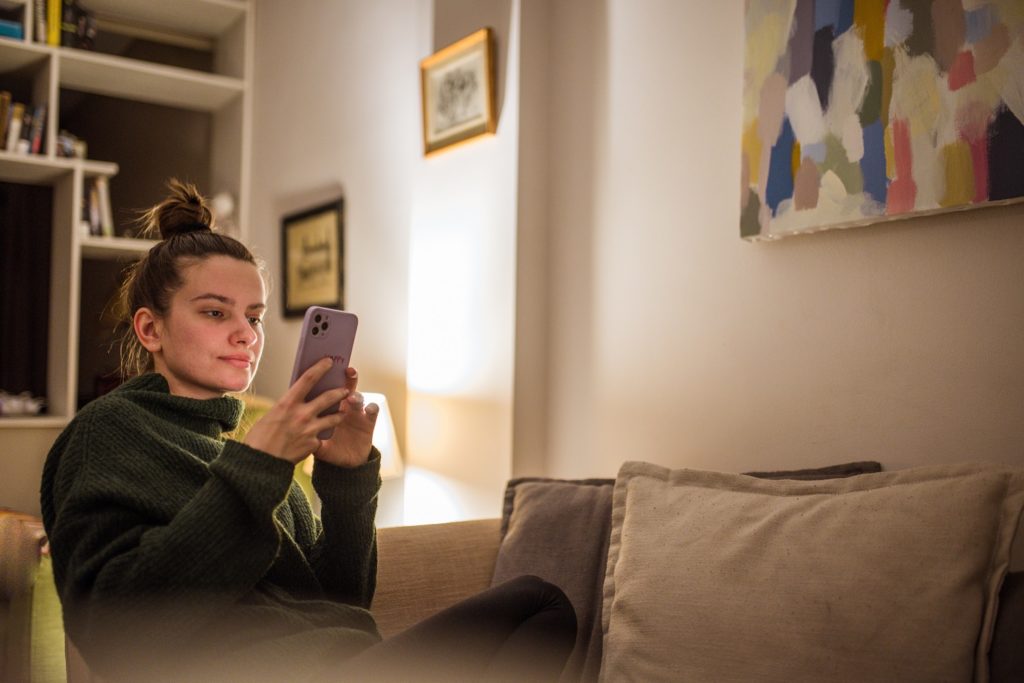In today’s digital age, it’s easy to get caught up in the endless stream of online content and new electronic devices. While most technology offers incredible benefits, it’s important to maintain a healthy digital balance to safeguard our overall well-being. Let’s explore a few practical tips.
Set Intentions and Boundaries
The first step towards achieving digital balance is to set clear intentions and establish boundaries for your digital activities. Start by reflecting on how much time you currently spend online or on electronic devices and identify areas where you would like to make changes. Set realistic goals, such as limiting social media usage to a specific time frame or designating device-free zones and times in your daily routine. By creating these boundaries, you can regain control over your screen time and ensure that it aligns with your overall health goals.

Practice Mindful Device Usage
Mindfulness can play a crucial role in managing digital balance. Before reaching for your device, take a moment to ask yourself if it is necessary or if there are alternative activities you can engage in. Be intentional with your device usage and prioritize meaningful interactions over scrolling. Consider adopting techniques like Pomodoro, where you work for a set period and then take short breaks away from your devices. Mindful device usage fosters a healthier relationship with technology and allows you to appreciate the present moment.
Embrace Digital Detoxes
Periodic digital detoxes can be immensely beneficial for your well-being. Designate specific hours, days, or weekends where you completely disconnect from your devices and focus on offline activities. Use this time to engage in hobbies, spend quality time with loved ones, or explore the outdoors. Detoxes provide an opportunity to recharge, reduce screen time-related stress, and gain a fresh perspective on life beyond the digital realm.
Cultivate Offline Habits
Balancing digital well-being involves developing habits that promote a healthy lifestyle away from screens. Engage in physical activities, such as exercise, outdoor walks, or hobbies that don’t require electronic devices. Allocate time for reading physical books, journaling, practicing mindfulness, or pursuing creative outlets like art or music. These offline habits not only help reduce excessive screen time but also nourish your mental and physical well-being.
As we navigate the digital landscape, managing digital balance is vital for our overall health. Remember, digital well-being is about leveraging technology to enhance our lives while still prioritizing our mental and physical health. What’s your favorite way to set effective boundaries with screen time? Let us know!